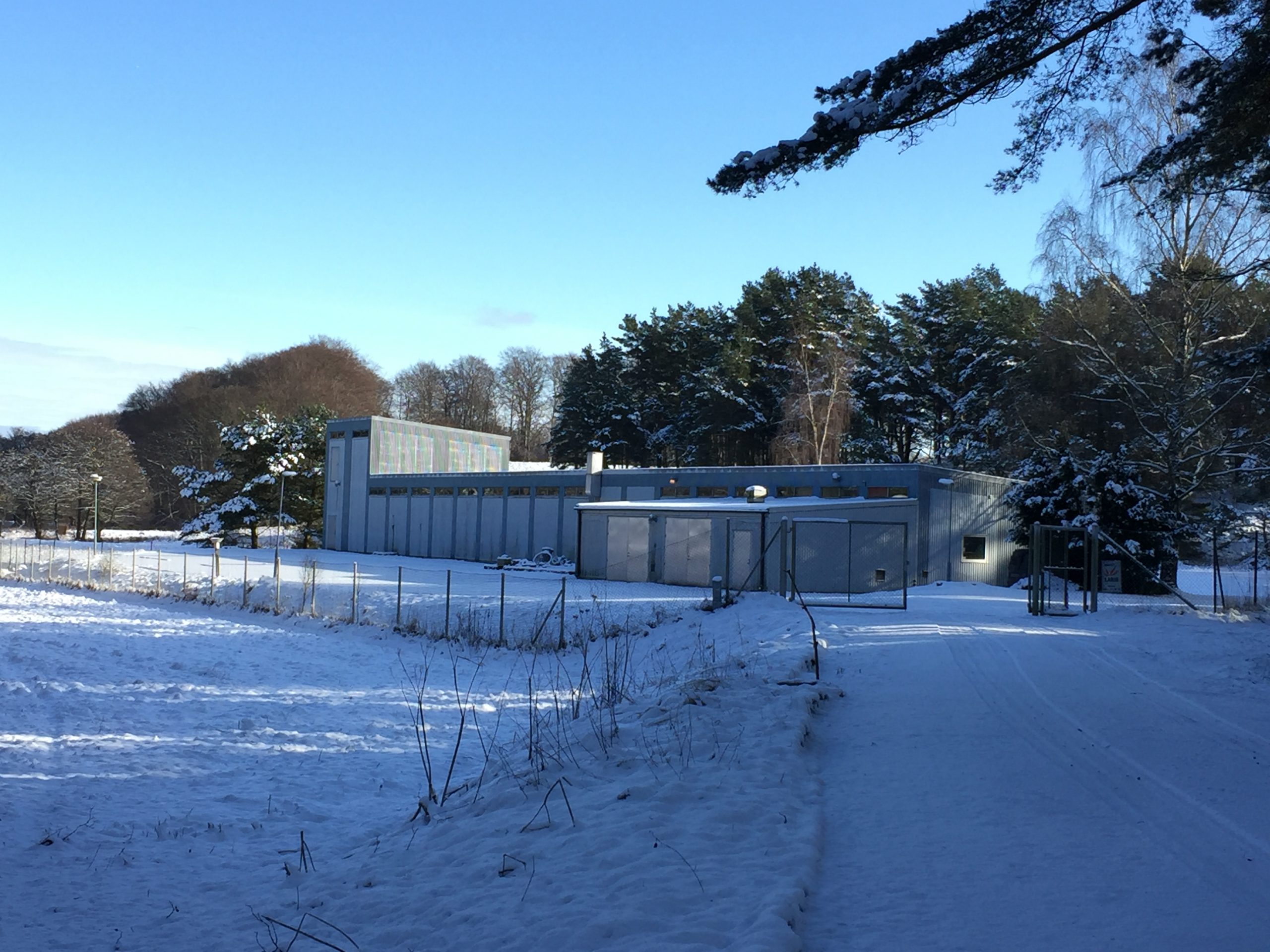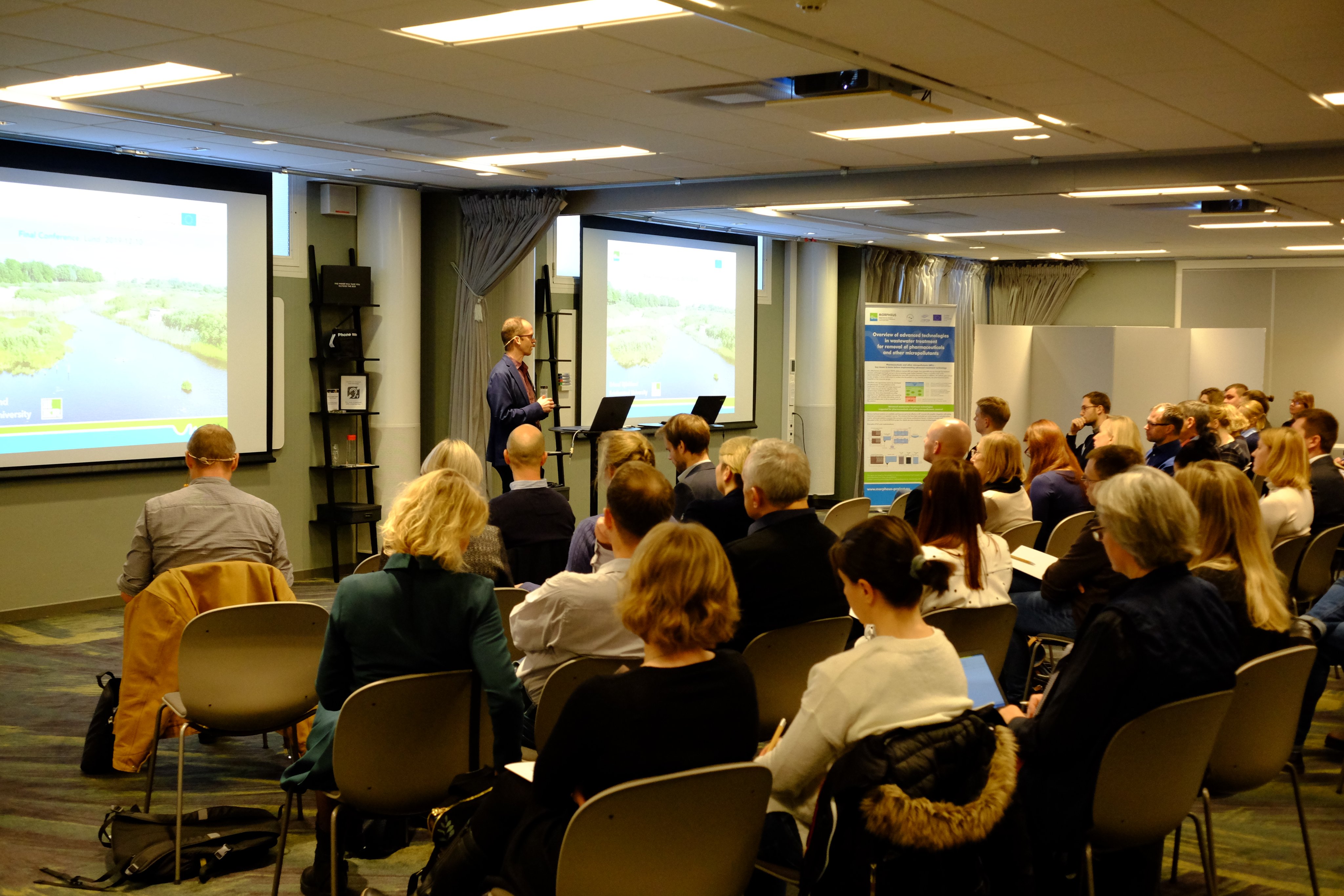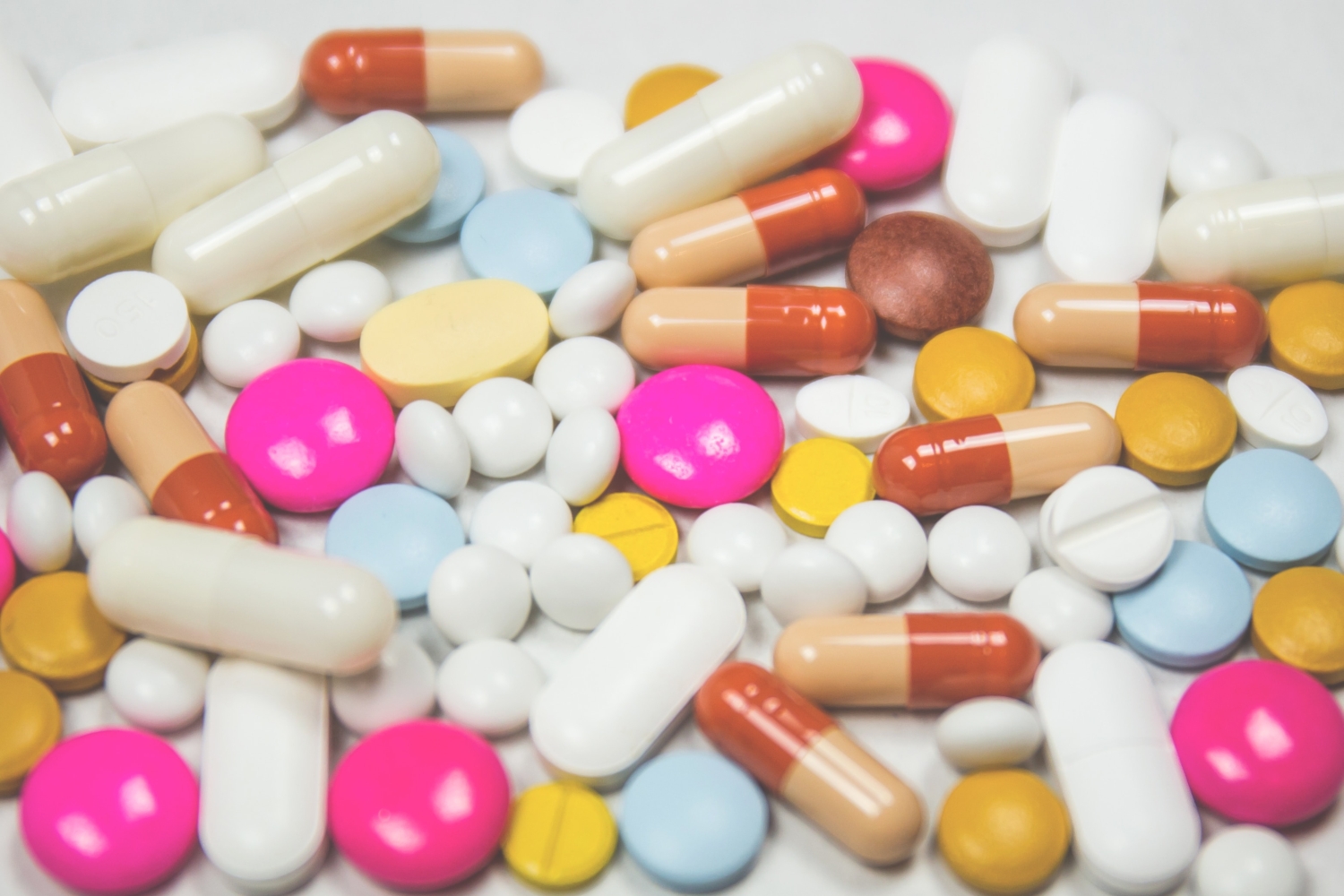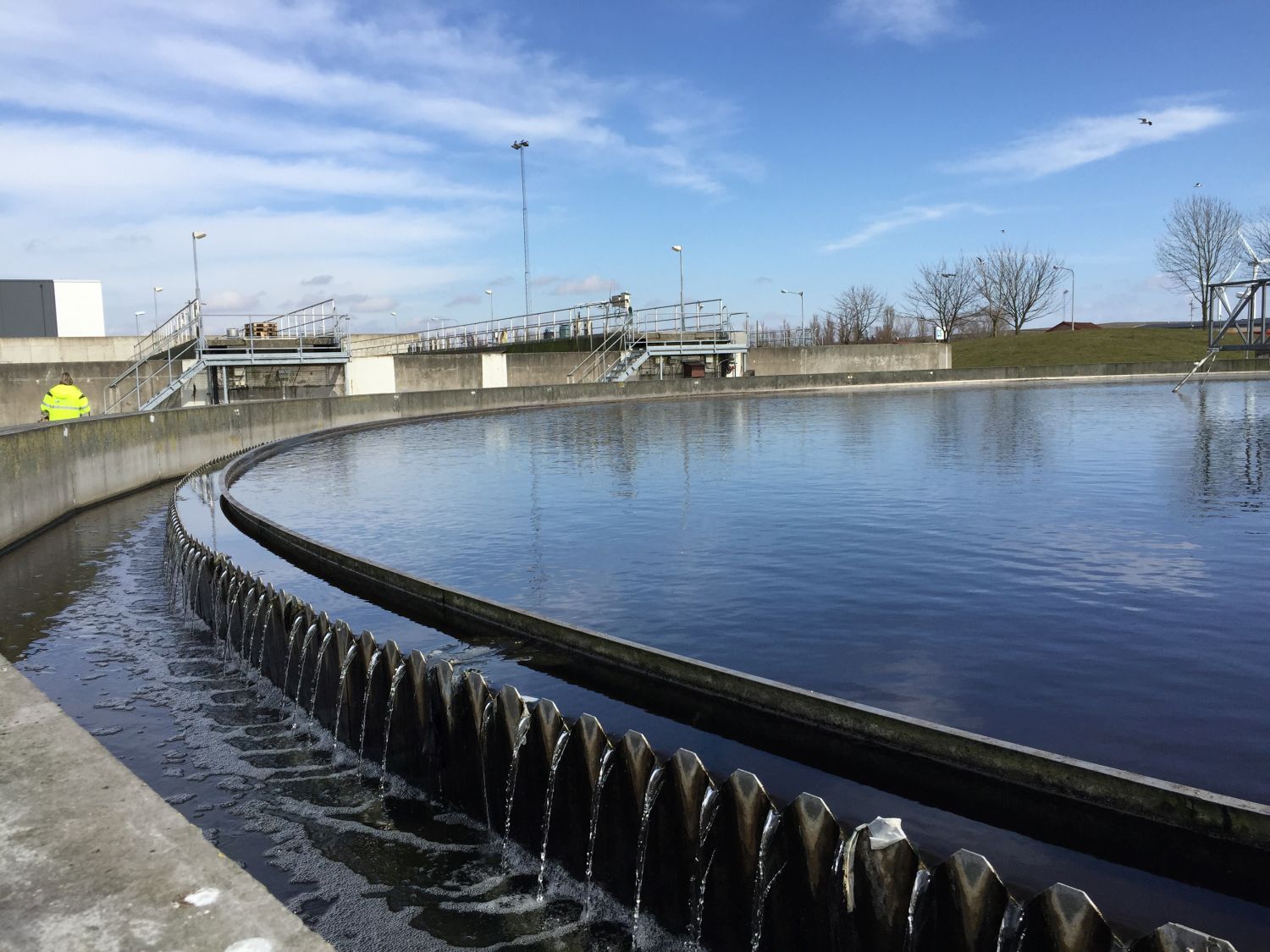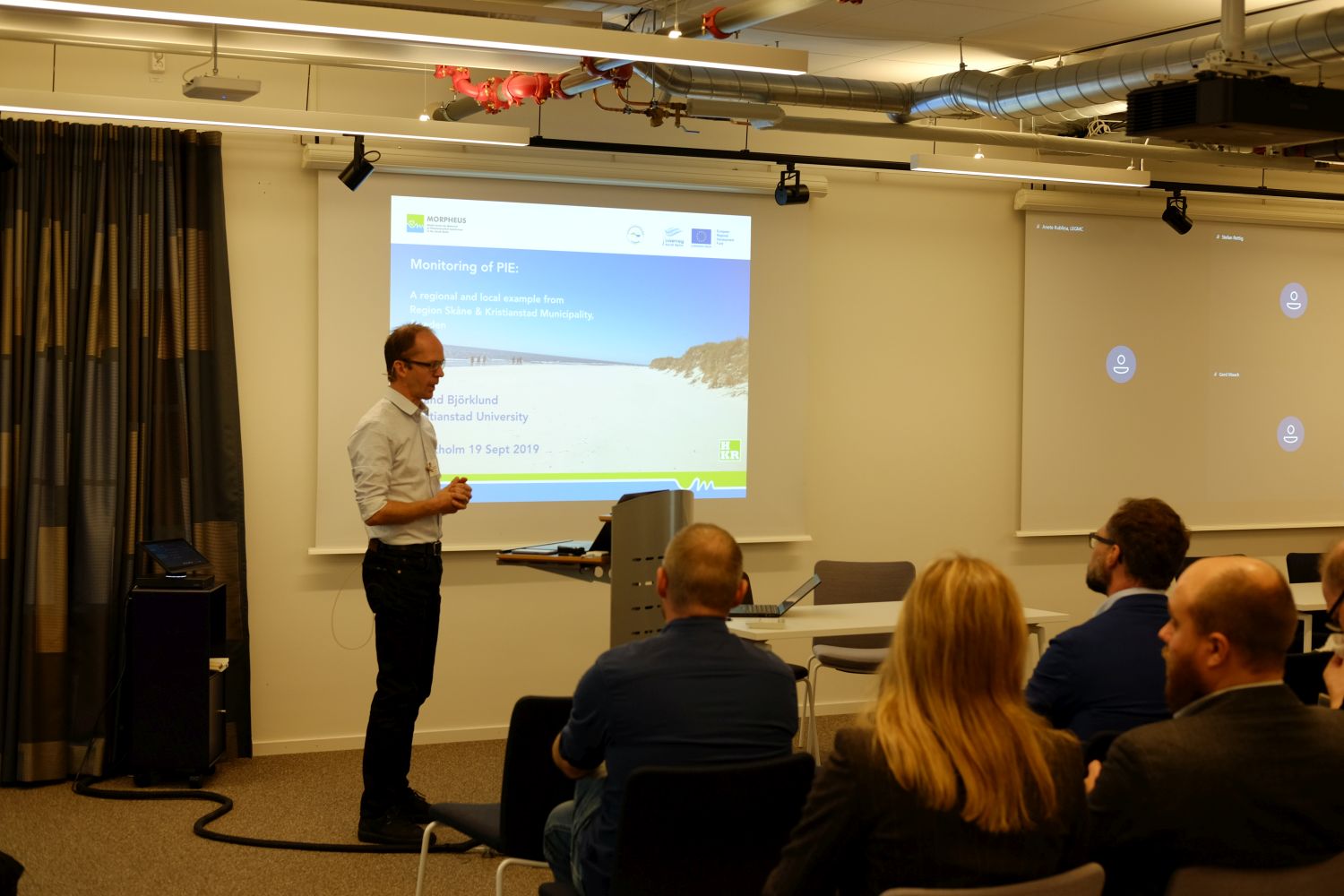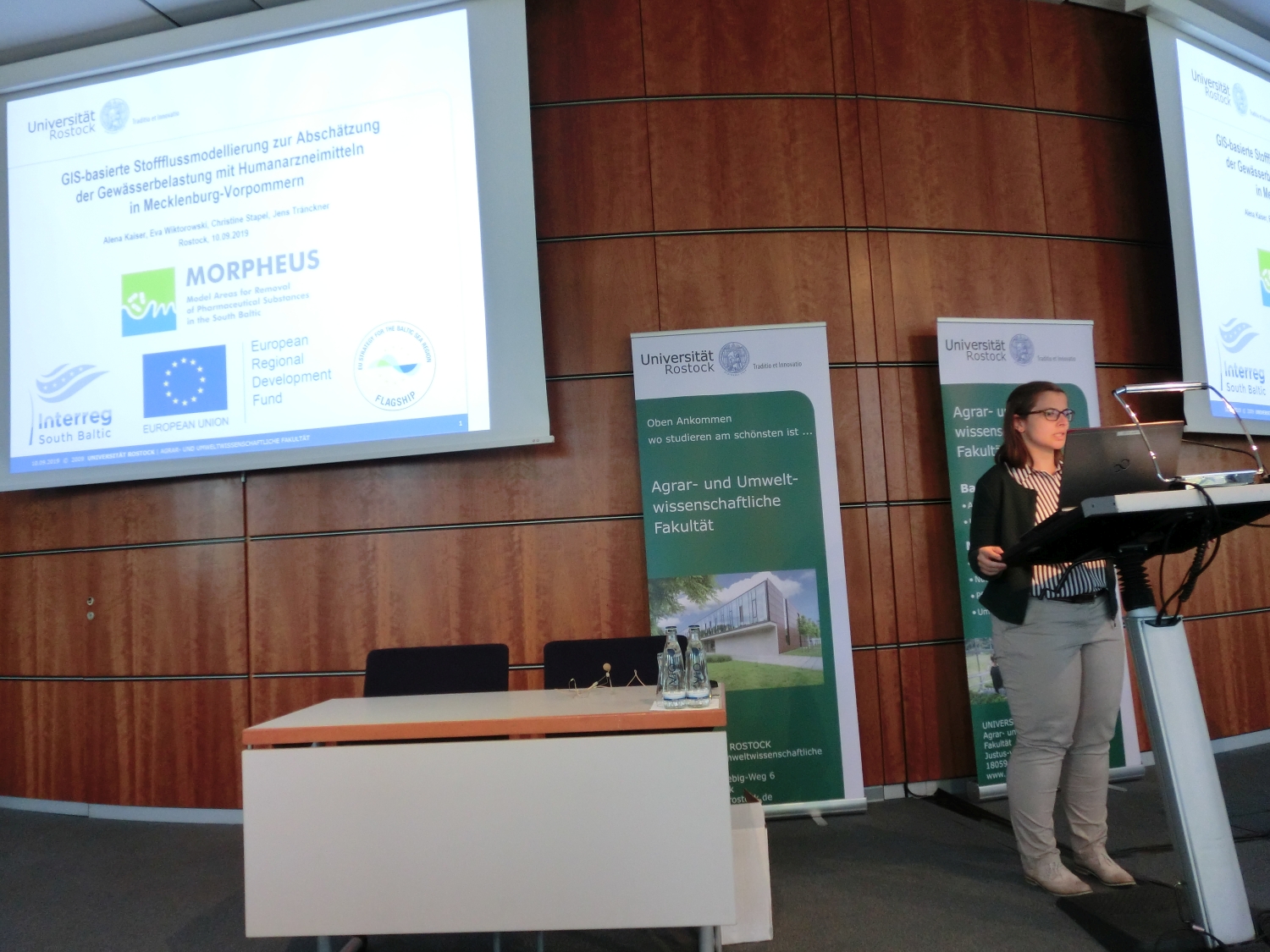In the MORPHEUS project three Swedish WWTPs were investigated for the release of pharmaceuticals into the recipient. One of these was Degeberga WWTP which releases its treated wastewater into the Segesholmsån river, ending in the Baltic Sea. Segesholmsån river has a length of 23 km and an average flow of roughly 0,6 m3/s.
The Segesholmsån river is one of the best-preserved rivers in Region Skåne, with a relatively undisturbed stream with clean, cold and oxygen-rich water, which contains many sensitive species. The river houses both trout and rare species of caddisflies.
Degeberga WWTP is dimensioned for 2000 PE but treats wastewater from 950 persons, and has no major industry connected to it. Despite being a relatively small WWTP it is fully equipped with several treatment steps. This includes 1. coarse debris screen, 2. aerated sand trap, 3. biological treatment by classical activated sludge, 4. chemical flocculation and sedimentation using FeCl3 and 5. final polishing in sand filter.
The combination of a very pristine river system and a small-size, but well-equipped WWTP with a sand filter made Degeberga WWTP and excellent choice to test advanced treatment within Kristianstad Municipality, with reasonable work and at realistic costs.
The MORPHEUS project provided Kristianstad municipality with pharmaceutical occurrence data from both Degeberga WWTP and the Segesholmsån River. These occurrence data were part of an application submitted by Kristianstad Municipality to the Swedish EPA for funding to upgrade Degeberga WWTP with granulated activated carbon (GAC). The reason for choosing GAC was that the combination of a sand filter followed by a GAC filter had proven very successful in a previous large-scale pilot-study performed in Kristianstad Municipality.
The application was successful and the Swedish EPA granted 90% of the required 1.1 million Euros applied for to Kristianstad Municipality. The application was funded by the Swedish EPA in November 2018, and advanced treatment is now becoming reality as the large scale GAC filter is under construction and will be up and running in the summer of 2020.
During the entire construction phase Kristianstad University has been responsible for the chemical analysis of the wastewater and the river water, and will continue to measure pharmaceutical residues in both wastewater and river water during at least all of 2020. Thereby the analytical data provided by the MORPHEUS project to the Swedish EPA in 2018, will be continued and provide a long time series of pharmaceutical data. This will give insight into how the chemical burden to the recipient will decrease as a consequence of implementation of advanced treatment. It is a great example of how an Interreg South Baltic project lives on into the future supporting a concrete example of how green and blue growth can be accomplished in the South Baltic Sea area. Degeberga WWTP may also serve as an example of how advanced treatment in Region Skåne, as well as in the South Baltic as a whole, can be implemented in reality.
Recently Kristianstad Municipality also decided to build a completely new wastewater treatment plant in the city of Kristianstad treating water for more than 52 000 people and several major food industries. The budget is roughly 50 million Euros and will included advanced treatment. In this process the knowledge obtained during the construction of Degeberga WWTP can be used to take knowledge based decision as the personnel at Kristianstad Municipality will have first-hand experience from Degeberga.

